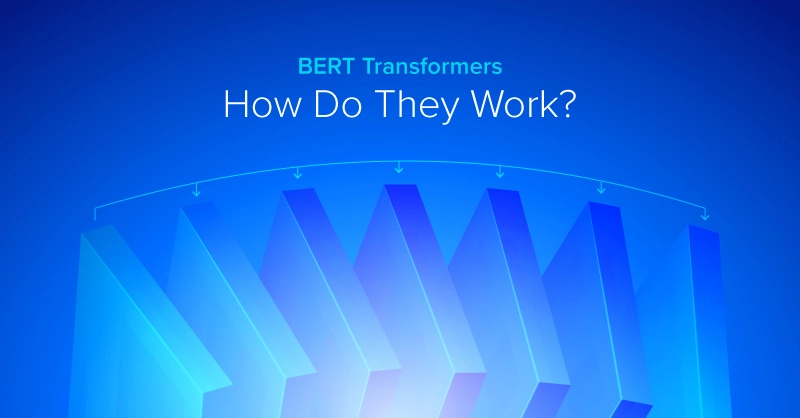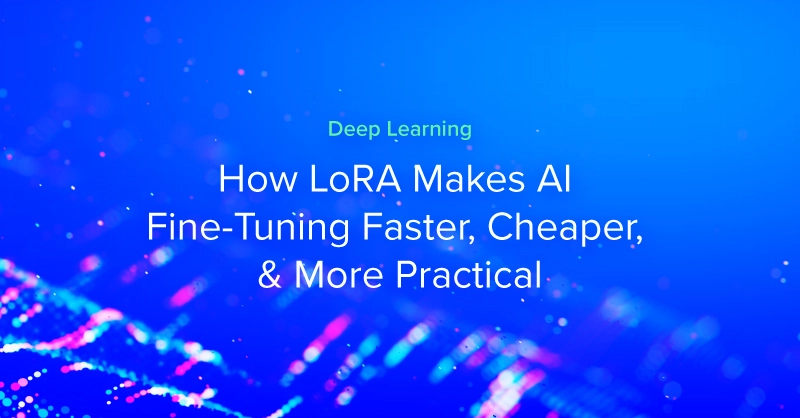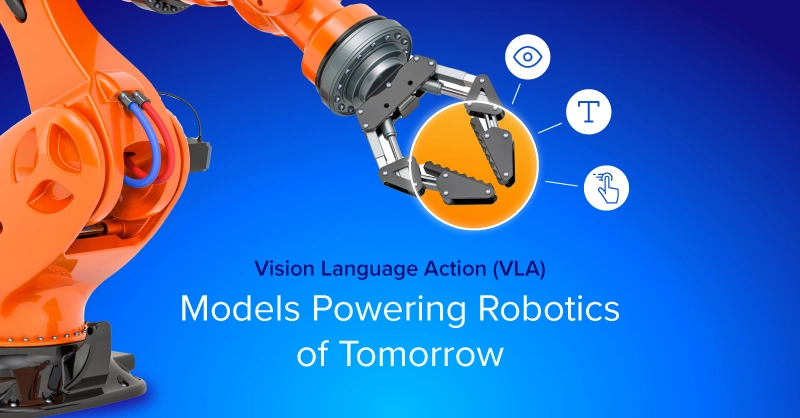
Deep Learning Frameworks
What is a Deep Learning Framework?
A deep learning framework is a software package used by researchers and data scientists to design and train deep learning models. The idea with these frameworks is to allow people to train their models without digging into the algorithms underlying deep learning, neural networks, and machine learning.
These frameworks offer building blocks for designing, training and validating models through a high level programming interface. Widely used deep learning frameworks such as PyTorch, TensorFlow, MXNet, and others can also use GPU-accelerated libraries such as cuDNN and NCCL to deliver high-performance multi-GPU accelerated training.
Why Use a Deep Learning Framework?
- They supply readily available libraries for defining layers, network types (CNNs, RNNs) and common model architectures
- They can support computer vision applications; image, speech and natural language processing
- They have familiar interfaces via popular programming languages such as Python, C, C++ and Scala
- Many deep learning frameworks are accelerated by NVIDIA deep learning libraries such as cuDNN, NCCl and cuBLAS for GPU accelerated deep learning training
Interested in a deep learning solution?
Learn more about Exxact workstations starting at $3700
Example Frameworks
| Framework | Qualities | Differentiators |
|---|---|---|
| TensorFlow |
|
|
| Aesara (successor to Theano) |
|
|
| Caffe |
|
|
| Caffe2 |
| |
|
| |
|
| |
| Apache MXNet |
|
|
| Matlab |
|
|
More Details on TensorFlow
An open source software library created by Google, TensorFlow is a popular tool for machine learning especially for training deep neural networks. TensorFlow’s API primarily supports Python and C, but there are also APIs for C++, JavaScript, and Java; however, only the Python API is guaranteed to be stable.
TensorFlow’s community has also developed support for a number of other languages including C#, Haskell, Julia, R, Ruby, Rust, and Scala.
The advantage of TensorFlow is that it has so many entry points. Beyond languages there are a wide range of tools that integrate with or are built on top of TensorFlow.
TensorFlow also has a very large community of users where you can get help, and it’s well documented.
More Details on Keras
Keras is an open source library that’s focused on providing a simple Python API for neural networks with features such as scalability for GPU clusters. It’s built on top of TensorFlow 2.0 and can also run on Theano.
Keras has the same portability as TensorFlow meaning you can run it in a browser, as well as mobile and embedded devices. Keras is used by a number of major organizations including CERN and NASA.
More Details on PyTorch
PyTorch is another product of the FAANG ecosystem coming from Facebook’s AI Research lab (FAIR). PyTorch is largely focused on computer vision and natural language processing (NLP) tasks. Like TensorFlow, PyTorch’s primary interface language is Python, but there is also C++ support.
PyTorch’s community has a number of tools that integrate with the library such as Skorch for scikit-learn compatibility, extBrewer for NLP, NeMo toolkit for conversational AI, and PyTorch Lightning which is similar in idea to TensorFlow and Keras in that it’s focused on simplifying the coding required to get a model working.
PyTorch is also a good stand-in for NumPy (a popular tool in machine learning and data science) with tensors, which are like NumPy arrays but optimized to run on CPUs, or GPUs. PyTorch has an experimental deployment method for mobile devices, but is optimized to run on cloud computing platforms including Amazon Web Services, Google Cloud, and Microsoft Azure.
There are a wide number of deep learning frameworks to choose from. If one of the options listed here doesn’t suit your needs there are others including Amazon’s Gluon (based on MXNet), DL4J, and Sonnet.
Have any questions?
Contact Exxact Today

A Breakdown of Deep Learning Frameworks
Deep Learning Frameworks
What is a Deep Learning Framework?
A deep learning framework is a software package used by researchers and data scientists to design and train deep learning models. The idea with these frameworks is to allow people to train their models without digging into the algorithms underlying deep learning, neural networks, and machine learning.
These frameworks offer building blocks for designing, training and validating models through a high level programming interface. Widely used deep learning frameworks such as PyTorch, TensorFlow, MXNet, and others can also use GPU-accelerated libraries such as cuDNN and NCCL to deliver high-performance multi-GPU accelerated training.
Why Use a Deep Learning Framework?
- They supply readily available libraries for defining layers, network types (CNNs, RNNs) and common model architectures
- They can support computer vision applications; image, speech and natural language processing
- They have familiar interfaces via popular programming languages such as Python, C, C++ and Scala
- Many deep learning frameworks are accelerated by NVIDIA deep learning libraries such as cuDNN, NCCl and cuBLAS for GPU accelerated deep learning training
Interested in a deep learning solution?
Learn more about Exxact workstations starting at $3700
Example Frameworks
| Framework | Qualities | Differentiators |
|---|---|---|
| TensorFlow |
|
|
| Aesara (successor to Theano) |
|
|
| Caffe |
|
|
| Caffe2 |
| |
|
| |
|
| |
| Apache MXNet |
|
|
| Matlab |
|
|
More Details on TensorFlow
An open source software library created by Google, TensorFlow is a popular tool for machine learning especially for training deep neural networks. TensorFlow’s API primarily supports Python and C, but there are also APIs for C++, JavaScript, and Java; however, only the Python API is guaranteed to be stable.
TensorFlow’s community has also developed support for a number of other languages including C#, Haskell, Julia, R, Ruby, Rust, and Scala.
The advantage of TensorFlow is that it has so many entry points. Beyond languages there are a wide range of tools that integrate with or are built on top of TensorFlow.
TensorFlow also has a very large community of users where you can get help, and it’s well documented.
More Details on Keras
Keras is an open source library that’s focused on providing a simple Python API for neural networks with features such as scalability for GPU clusters. It’s built on top of TensorFlow 2.0 and can also run on Theano.
Keras has the same portability as TensorFlow meaning you can run it in a browser, as well as mobile and embedded devices. Keras is used by a number of major organizations including CERN and NASA.
More Details on PyTorch
PyTorch is another product of the FAANG ecosystem coming from Facebook’s AI Research lab (FAIR). PyTorch is largely focused on computer vision and natural language processing (NLP) tasks. Like TensorFlow, PyTorch’s primary interface language is Python, but there is also C++ support.
PyTorch’s community has a number of tools that integrate with the library such as Skorch for scikit-learn compatibility, extBrewer for NLP, NeMo toolkit for conversational AI, and PyTorch Lightning which is similar in idea to TensorFlow and Keras in that it’s focused on simplifying the coding required to get a model working.
PyTorch is also a good stand-in for NumPy (a popular tool in machine learning and data science) with tensors, which are like NumPy arrays but optimized to run on CPUs, or GPUs. PyTorch has an experimental deployment method for mobile devices, but is optimized to run on cloud computing platforms including Amazon Web Services, Google Cloud, and Microsoft Azure.
There are a wide number of deep learning frameworks to choose from. If one of the options listed here doesn’t suit your needs there are others including Amazon’s Gluon (based on MXNet), DL4J, and Sonnet.
Have any questions?
Contact Exxact Today




.jpg?format=webp)